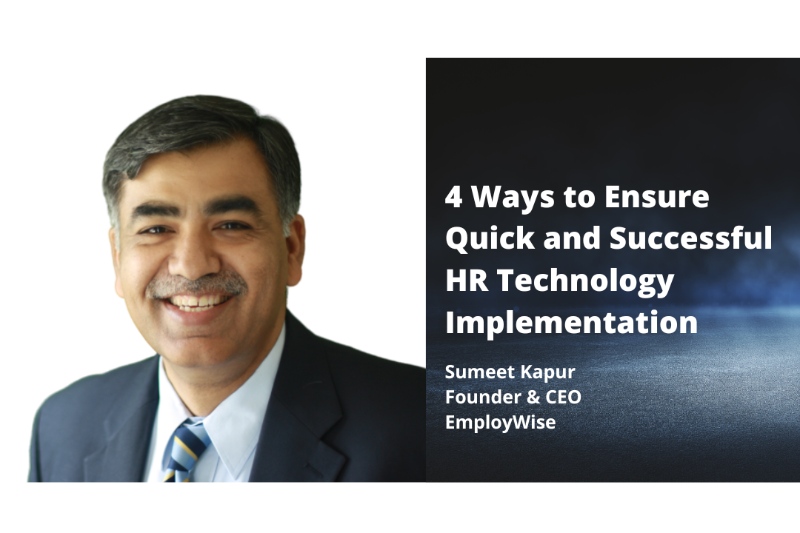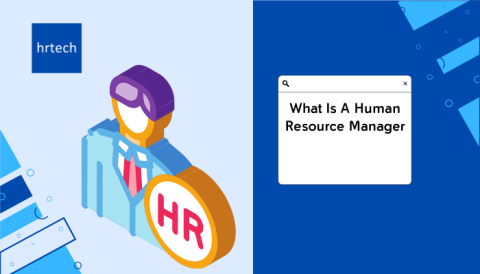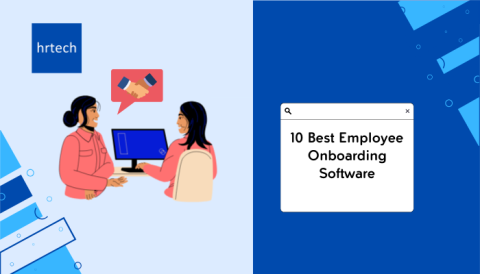Implementation of the right HR technology tools will help you achieve your business goals effectively. Here are 4 ways to ensure quick and successful HR technology implementation.
by Sumeet Kapur, Founder & CEO, EmployWise

In any organization’s HR automation and transformation journey, choosing the right HR technology partner is only the first step. Quick and effective implementation is the key to drive successful transformation and determine the impact of the system on HR processes.
1. Identifying Business Needs and Goals
Every organization has different business processes and goals, and the motivations behind digital transformation are likely to be different. Even before the project starts, it is important to map out the specific business objectives that you wish to achieve – ideally, these should be quantifiable and measurable. For example, reducing the number of person-hours taken to run and process payroll, reducing the effort required for analyzing and presenting HR data, eliminating manual steps and processes to ensure a paperless, digital onboarding process for new employees, etc.
Clearly defining needs and goals clearly will also enable the project team to track return on investment accurately. For organizations that are looking to fine tune their HR policies, practices and processes, the implementation of a new HRMS presents a great opportunity to be able to do so.
2. Strong Project Governance Process
At the very outset, roles and responsibilities related to the implementation project should be clearly drawn out. Ideally, the project implementation should be broken up into different phases depending on the module complexities – for example, the operationally inclined modules like leave & attendance management, separation & clearances, payroll could be stacked together and the talent management modules like hiring, onboarding, performance management and learning could be combined in a separate phase.
It is also important to identify an executive sponsor for the project, who will be able to drive change and take decisions within the organization and ensure that any roadblocks are tackled with the most apt solution.
3. Change Management and Communication
Success of any HRMS implementation project is determined by how well the end users embrace the new technology and experience the tangible benefits on offer. When designing workflows and processes during the course of the implementation, one view must always represent the interests of the end users and ensure that the system is user-friendly and easy-to-use.
Once the system is live for all users, providing the right training to HR and admin users along with different training modules for end users is paramount. Easy-to-access collaterals and videos must be made available so that users have a self service training framework. Moreover, integrating IT management solutions can enhance system efficiency and support, ensuring seamless onboarding and troubleshooting. It’s always useful to have a robust feedback mechanism, especially during the initial period post implementation. User feedback will help you understand and fix any teething issues about the system. Employees can share their suggestions and views that can be helpful to further improve the system operations and usability.
4. Integrations
Most organizations have already implemented technology stack and IT systems. To ensure seamless flow of data between all systems so that no offline and manual reconciliation is required, it is always useful to integrate HRMS with other IT systems that are already in place. This not only results in improved cost and time efficiencies but also ensures that all data is reliable and consistent across systems.
Conclusion
Implementation of the right HR technology tools will help you achieve your business goals effectively. This will truly transform HR into a business critical function and enable HR leaders to make significant contributions to the overall business growth.
With EmployWise, you will have all the above points covered. Having done 350+ implementations across multiple industries and geographies, our functional consulting and project management teams are very well equipped to help you through this transformational process. Our implementation approach is not a ‘cookie-cutter’ approach – we understand that each organization is unique and requires a consultative approach to the implementation. The configurability and flexibility of the EmployWise product allows our teams to work closely with customers and use their combined knowledge to build efficient and long lasting workflows. Our product is completely API enabled and we are able to integrate seamlessly with other third party applications at our customer organizations.
About the Author:
Sumeet is a serial entrepreneur with a deep understanding of relationship management in business having worked in both Customer and Employee Relationship Management fields. He is among the early ones to understand the power of SaaS (Software-as-a-Service) as an enabler for taking automation to millions of small and medium businesses across the world.
Sumeet has nearly 30 years experience in the IT industry and started his career with Tata Unisys followed by a stint at Wipro Systems in its pioneering days as a product software company. In 1990 he started his entrepreneurial journey by co-founding Chipsoft Technology and helped build it into one of the most respected multi-vendor IT support services company. In 1999 Sumeet co-founded a software company that built first a CRM Product and then EmployWise. Sumeet graduated from the University of Delhi and earned an MBA from XLRI, Jamshedpur in India.





